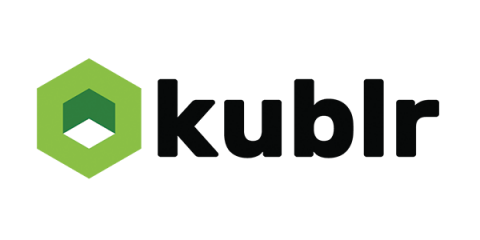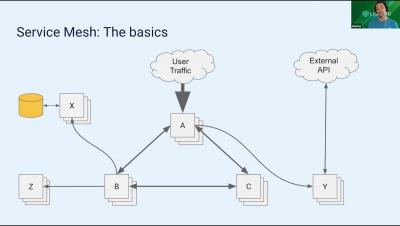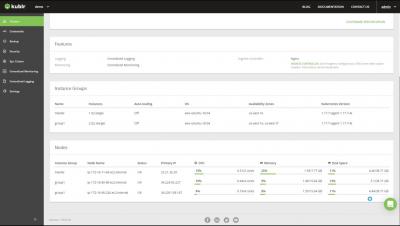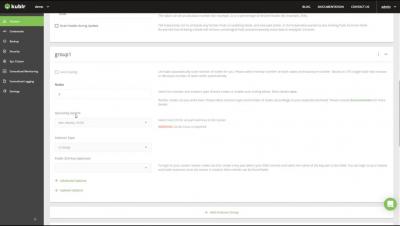Operations | Monitoring | ITSM | DevOps | Cloud
July 2020
Kubernetes RBAC 101: Authentication
In part one of this series on Kubernetes RBAC, we introduced authentication and authorization methods. In this article, we’ll dive a little deeper into authentication — a prerequisite for RBAC. As we saw, there are a few authentication methods including client certificates, bearer tokens, HTTP basic auth, auth proxy, and impersonation. Because HTTP basic auth and statically configured bearer tokens are considered insecure, we won’t cover them here.
Multi-cluster Observability and Security with Linkerd and Kublr
SUSE Acquires Rancher Labs: Is the Cloud Native Promise Under Threat from Consolidation?
When SUSE, the world’s largest independent open source company, announced its acquisition of Rancher Labs in early July 2020, the industry took notice. Clearly, the Kubernetes management industry is very much alive. But, the merger also raised the question of what this means for users? After all, a key value proposition of cloud native technologies, like SUSE, is that they are modular, interoperable, and flexible.






